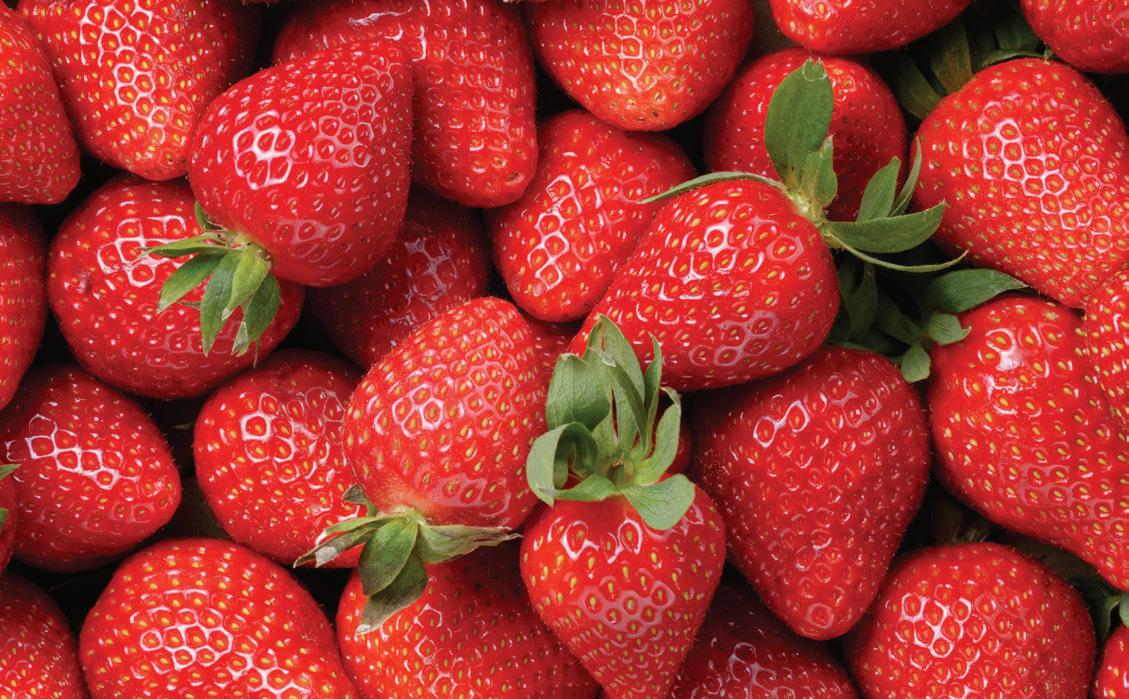
4 minute read
Cycling Sexy Seeds
BY DR. SHELBY ENTNER, nd
Over the last few years, seed cycling has been enjoying a renaissance with increased recognition about how it can support the two halves of women’s menstrual cycles. Seed cycling has long been used to support women's hormones by supplying them with the nutrients they need at specific phases of their cycle. Naturopathic physicians have been using these traditional “sexy” seeds for decades as part of a holistic approach to supporting healthy menstruation. Estrogen and progesterone are two key hormones that help us regulate our menstrual cycles. During the first half of the cycle (from the start of the menstrual period to ovulation), estrogen levels rise. Levels of follicle-stimulating hormone (FSH) and luteinizing hormone (LH) increase just before ovulation, and estrogen levels drop just after ovulation. After ovulation, progesterone levels rise while estrogen begins to decline. Then both hormones ultimately trail off which allows for the start of the menstrual period.
DR. SHELBY ENTNER, nd is a licensed Naturopathic Physician and the owner and founder of Vero Health Naturopathic Medicine in the Okanagan. She earned her doctoral degree in Naturopathic Medicine in 2002 after ten years of studies. Dr. Shelby empowers patients to make changes that are in alignment with their health values and goals and seeks to find answers by looking at the whole picture, instead of simply at a symptom.
So what is seed cycling and how does that relate to a woman’s cycle? Specific seeds can be consumed at different times to support both estrogen and progesterone levels during a woman’s cycle. Although not really “sexy”, these little protein- and fat-packed seeds can be an important tool in helping to balance the luteal and follicular phases. Seed cycling is the practice of eating specific seeds to support the key hormones of each phase in the menstrual cycle.
SEED CYCLING for Hormome Balance Day 1–14 Menstrual + Follicular Phase Day 15–28 Ovulation + Luteal Phase
sunflower seeds 1–2 tbsp daily sesame seeds 1–2 tbsp daily flaxseeds 1–2 tbsp daily pumpkin seeds 1–2 tbsp daily First Phase During the first phase of the cycle, the follicular phase, ground flaxseeds and pumpkin seeds are preferred. Eating approximately 1–2 tablespoons for the first 14 days of the cycle is meant to support estrogen levels and ovulation. Flaxseeds are particularly high in concentrations of lignans which, after consumption, are converted into the mammalian lignans enterolactone and enterodiol. Flaxseeds are also a rich source of the omega-3 fatty acid alpha linolenic acid (ALA), the lignan secoisolariciresinol diglucoside (SDG), and fibre. Lignans have been found to have both estrogen supportive and protective benefits. Some research has shown that flaxseed lignans interact with the gut microbiome to produce protective effects against the development of breast cancer. During seed cycling we are using them to help support the luteal phase and promote ovulation. Pumpkin seeds are also recommended for this phase of our cycle because of their high antioxidant effects and rich source of zinc. Zinc supports healthy testosterone levels and the antioxidants are protective of our ovaries, eggs, and general reproductive system. Testosterone is important before ovulation to spike libido and help with the symphony of estrogen/progesterone that is about to shift into the luteal phase. Second Phase During the second phase of the cycle, sunflower and sesame seeds are preferred. Sunflower seeds are naturally high in vitamin E and can be helpful in regulating prostaglandins that contribute to cramping. Prostaglandins help with stimulating ovulation and making sure the uterus contracts appropriately so it can remove the endometrium efficiently during a period. Sesame seeds are also useful in the second half of the cycle because of the nutrients they contain. Results of a 2006 study in The Journal of Nutrition suggested that sesame seed ingestion could help improve blood lipids, antioxidants, and possibly sex hormone status. Seed cycling is not a new idea but it is still in its infancy in terms of studies and research. Traditional medicine has relied on nutrition to help support the gut biome, decrease inflammation, and optimize hormone levels using natural foods. Seeds are well known for being a powerhouse of nutritional protein and fat, and can be utilized in a comprehensive overall approach to women’s health. These seeds are rich in omega-3 fatty acids that can help lower inflammation and the effects of prostaglandins, and the lignans and nutrients support the elimination of estrogen. Zinc helps to balance testosterone, and the fibre from of all of the seeds can help with healthy estrogen detoxification via the bowel. Just add the seeds to your morning cereal/oats/smoothie, toss in a salad, or add to food after it has been cooked (baked potato, granola, protein ball). These “sexy” seeds can play a role in helping women use nutrition to balance hormones and are an easy way to incorporate more healing foods into a daily routine. Ask your local ND for more information and start cycling!





NPN 02242012

Vegetarian | Non-GMO Non-Constipating
Check out the full line of Salus products
Reclaim Your Energy with Floradix® • Helps prevent iron-deficiency anemia and maintains good health • Formulated for maximum absorption • Easy on the digestive tract • Free of artificial colours and additives










